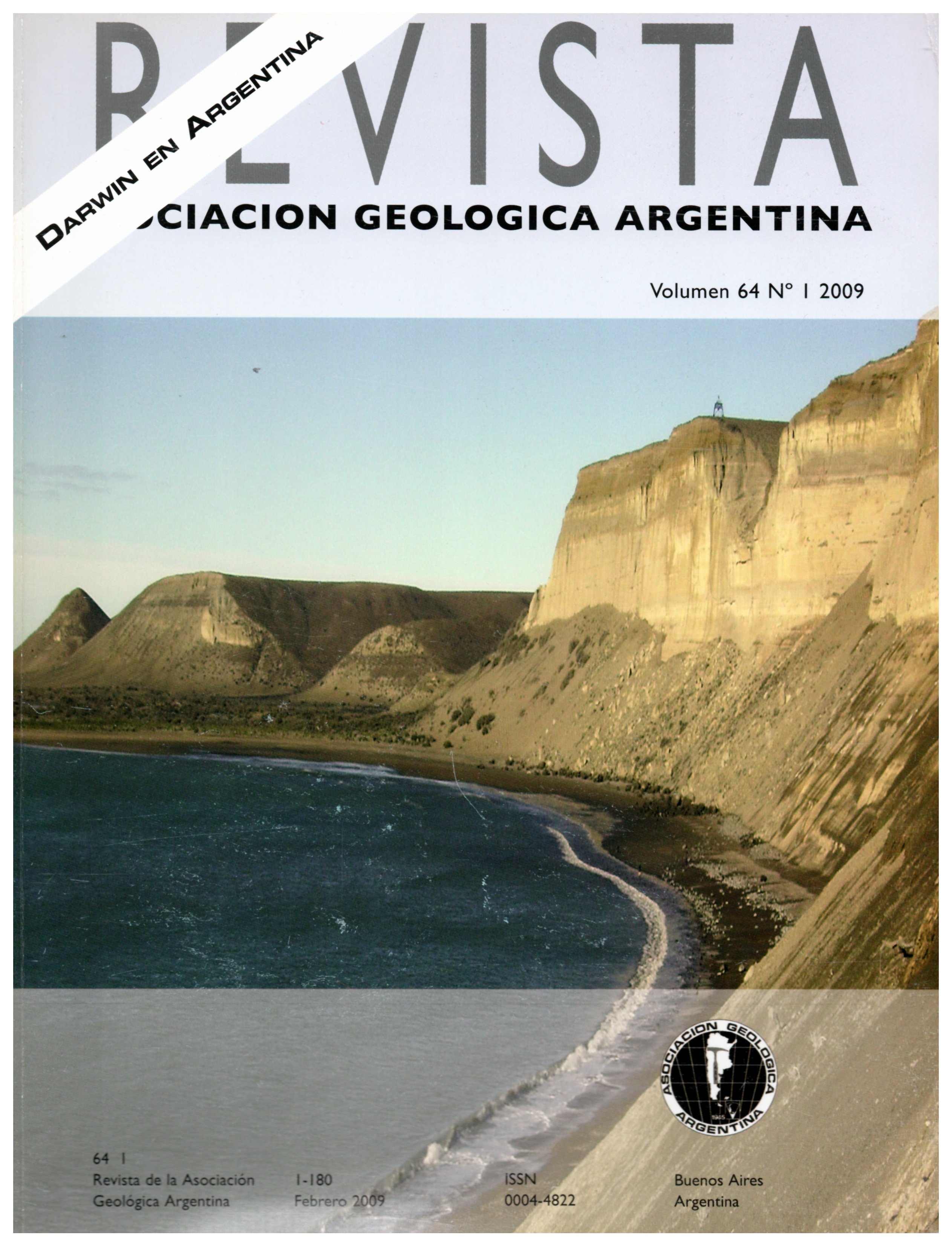The stratigraphy of cretaceous mudstones in the eastern Fuegian Andes: new data from body and trace fossils
Main Article Content
Abstract
The stratigraphy of Cretaceous marine mudstones in the Fuegian Andes, roughly equivalent to Charles Darwin's clay-slate formation, remains a still unsolved problem. Previous records of Albian, Turonian-Coniacian, and Santonian-Campanian bivalves are combined with new findings of the Late Albian inoceramid Inoceramus anglicus Woods, and the Maastrichtian ammonites Diplomoceras sp., Anagaudryceras sp., Maorites densicostatus (Kilian and Reboul), Maorites sp., and Pachydiscus (Neodesmoceras) sp. to further constrain the Cretaceous stratigraphy of the eastern Fuegian Andes. In addition, new records of distinctive trace fossils and ichnofabric are meaningful for stratigraphic division and delineation of paleoenvironmental settings in these Cretaceous mudstones. The Lower Cretaceous ichnoassemblage of Chondrites targioni (Brongniart) and Zoophycos isp. is consistent with the inferred slope-volcaniclastic apron settings of the Yahgan Formation; Nereites missouriensis (Weller) reflects distal basin plain depositional settings for the Beauvoir Formation. In the Upper Cretaceous, the "Estratos de Buen Suceso" record the earliest extensively bioturbated horizons, reflecting prolonged well-oxygenated bottom conditions. In the Bahía Thetis Formation, organic-rich, channel margin or distal basin slaty mudstones record the last occurrence of inoceramid bivalves in the Austral Basin; the generalized absence of trace fossils is consistent with dysoxic bottom conditions. The thoroughly bioturbated Policarpo Formation, records a marked change in paleoceanographic conditions. The strong contrast in the intensity of bioturbation between the Upper Campanian-Maastrichtian Bahía Thetis Formation, almost devoid of trace fossils, and the highly bioturbated Maastrichtian-Danian Policarpo Formation reflects a change from dysoxic-anoxic to well ventilated conditions, probably associated with a cooling trend of bottom waters in the austral deep oceans.
Article Details

This work is licensed under a Creative Commons Attribution-NonCommercial 4.0 International License.
Nota de copyright
Los autores conservan los derechos de autor y garantizan a la revista el derecho de ser la primera publicación del trabajo licenciado según una licencia de atribución Creative Commons que permite a otros compartir el trabajo con el reconocimiento de la autoría y de la publicación en la que se publicó por primera vez.
Declaración de privacidad
Los nombres y direcciones de correo electrónico introducidos en esta revista se usarán exclusivamente para los fines declarados por esta revista y no estarán disponibles para ningún otro propósito u otra persona.

